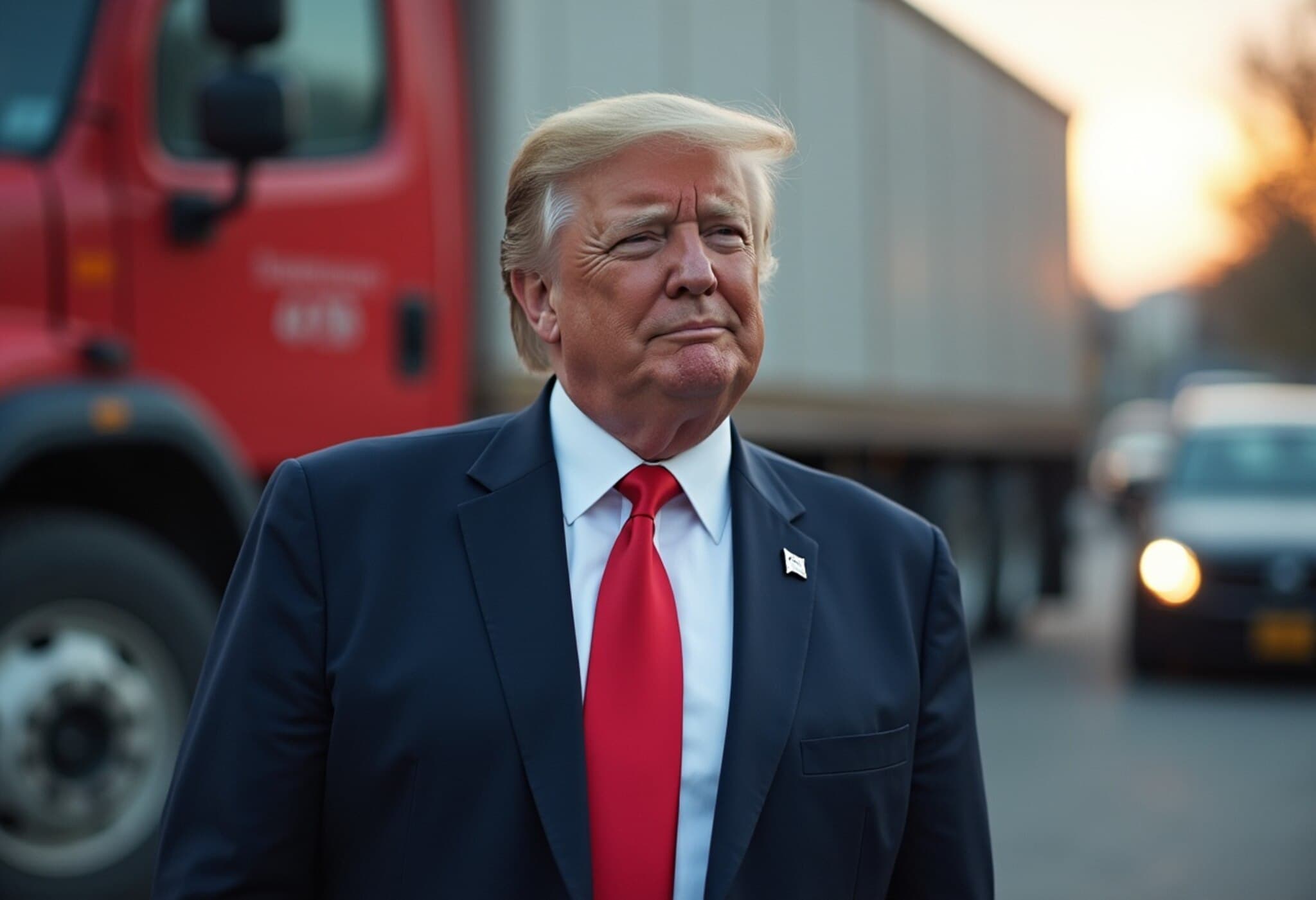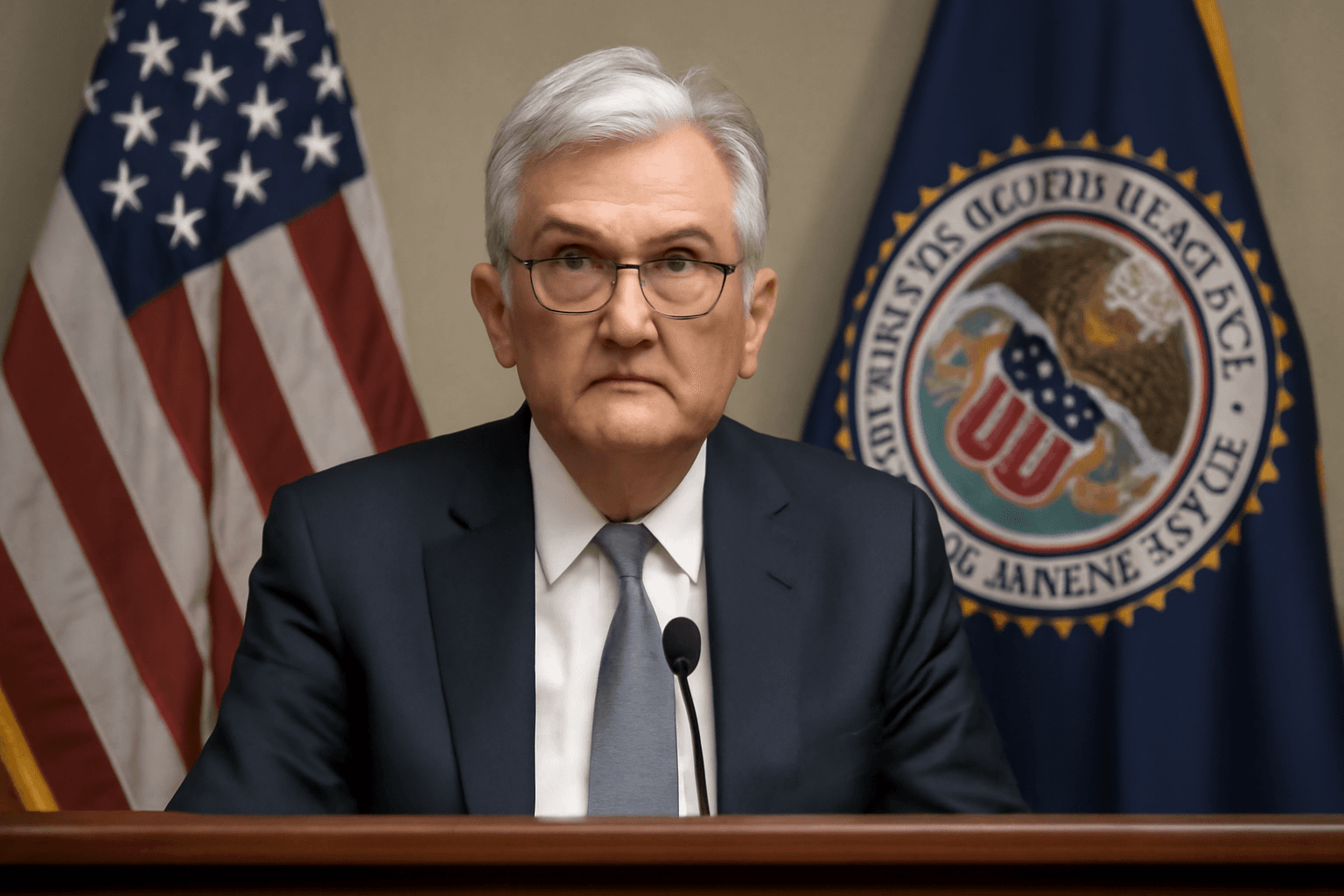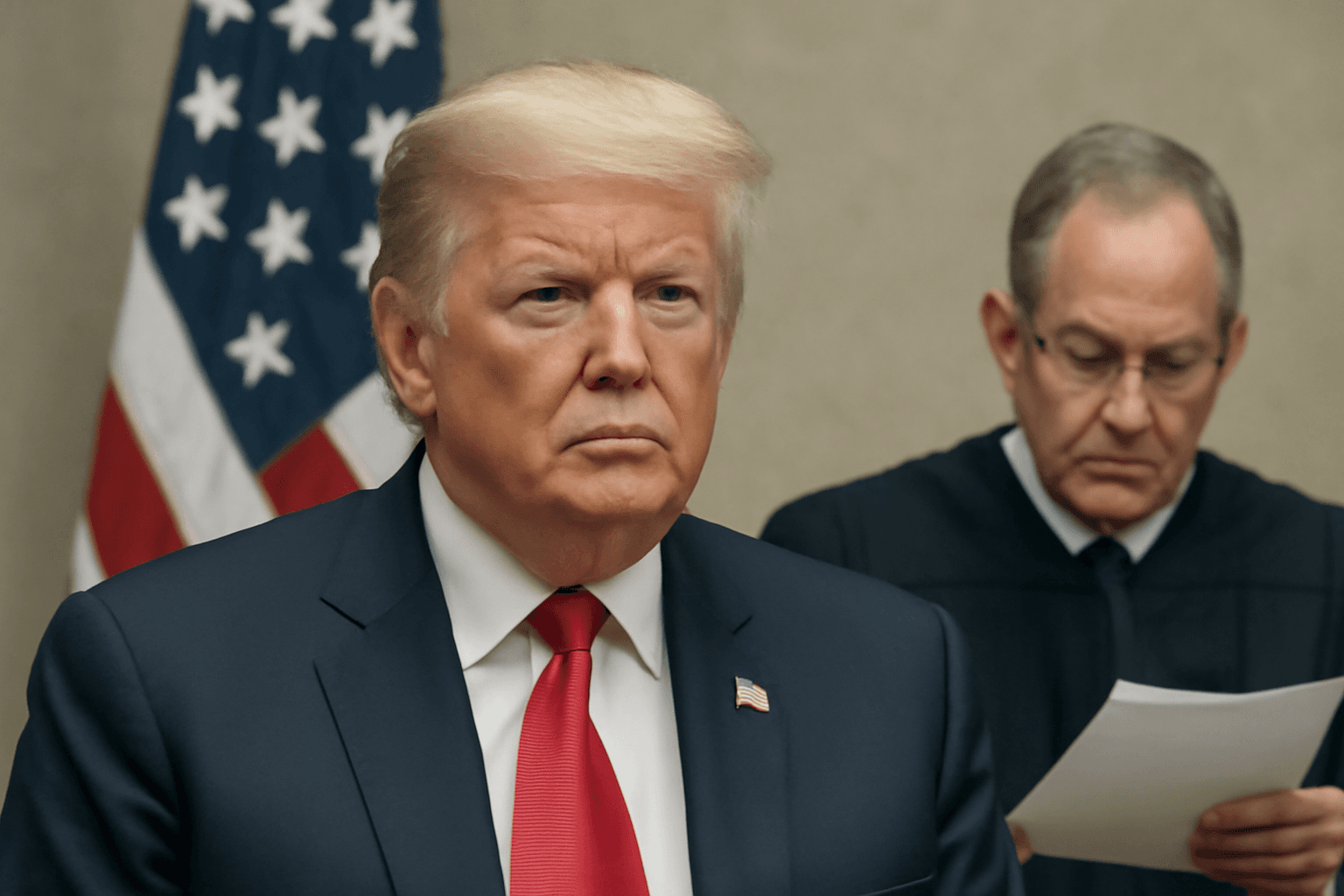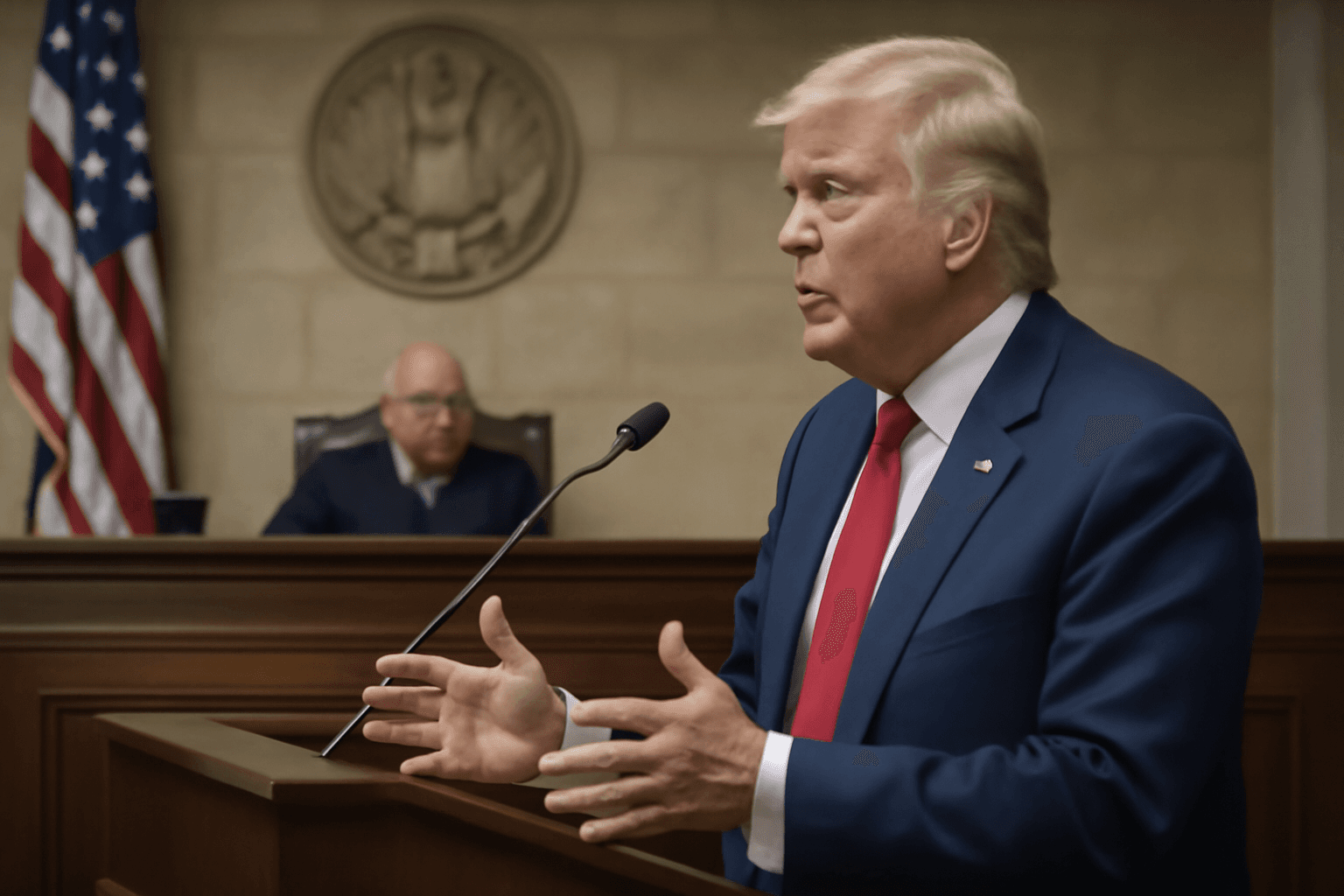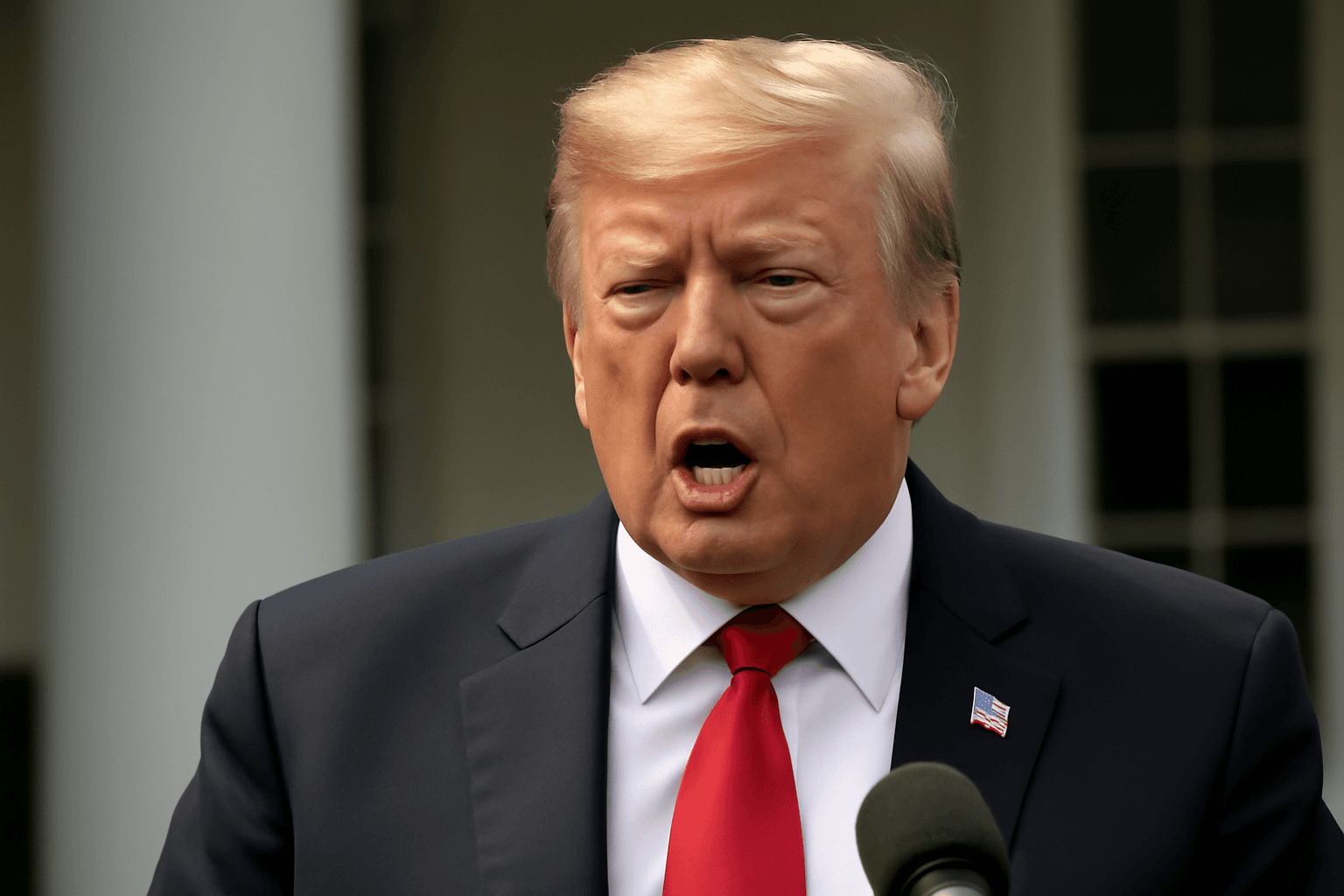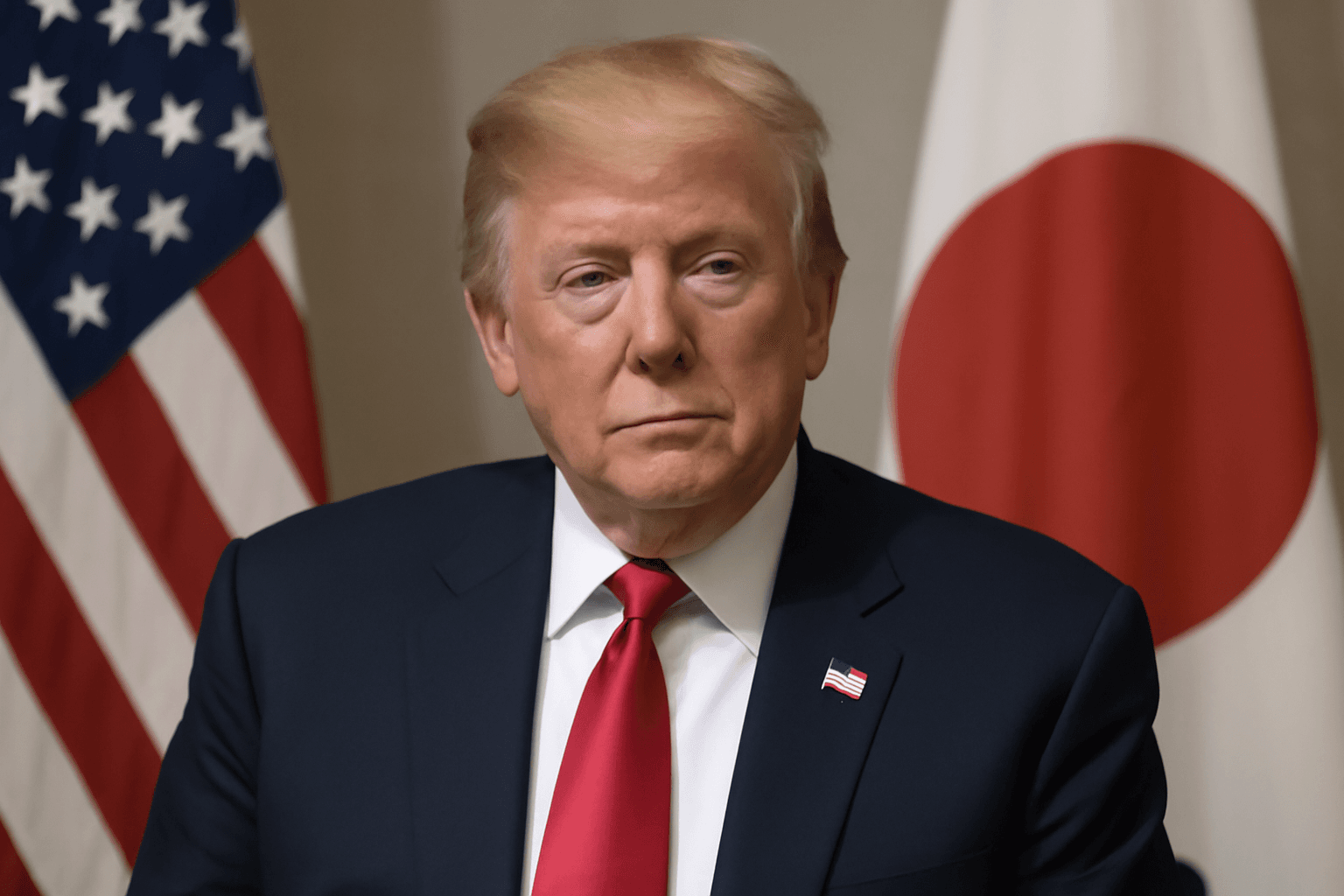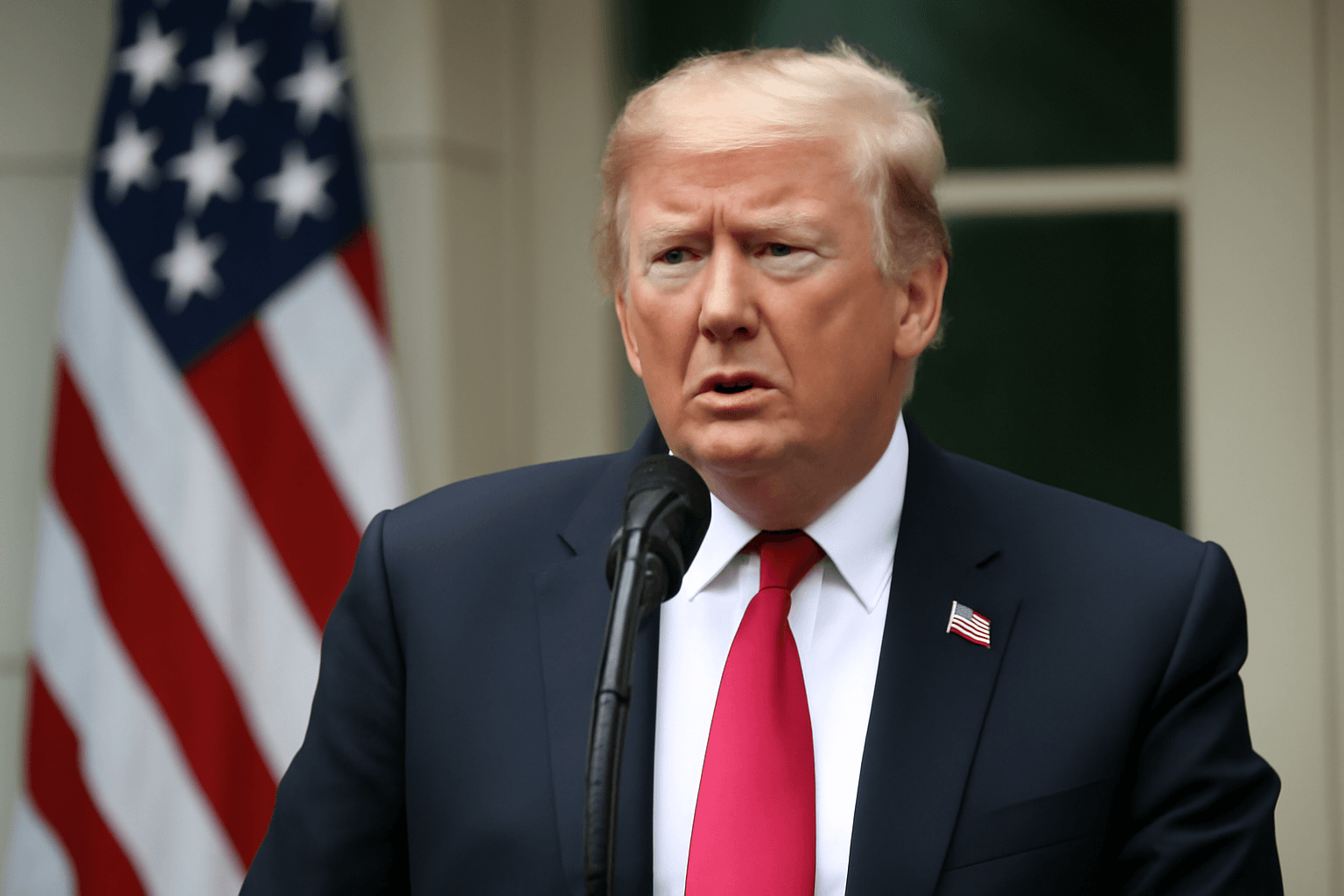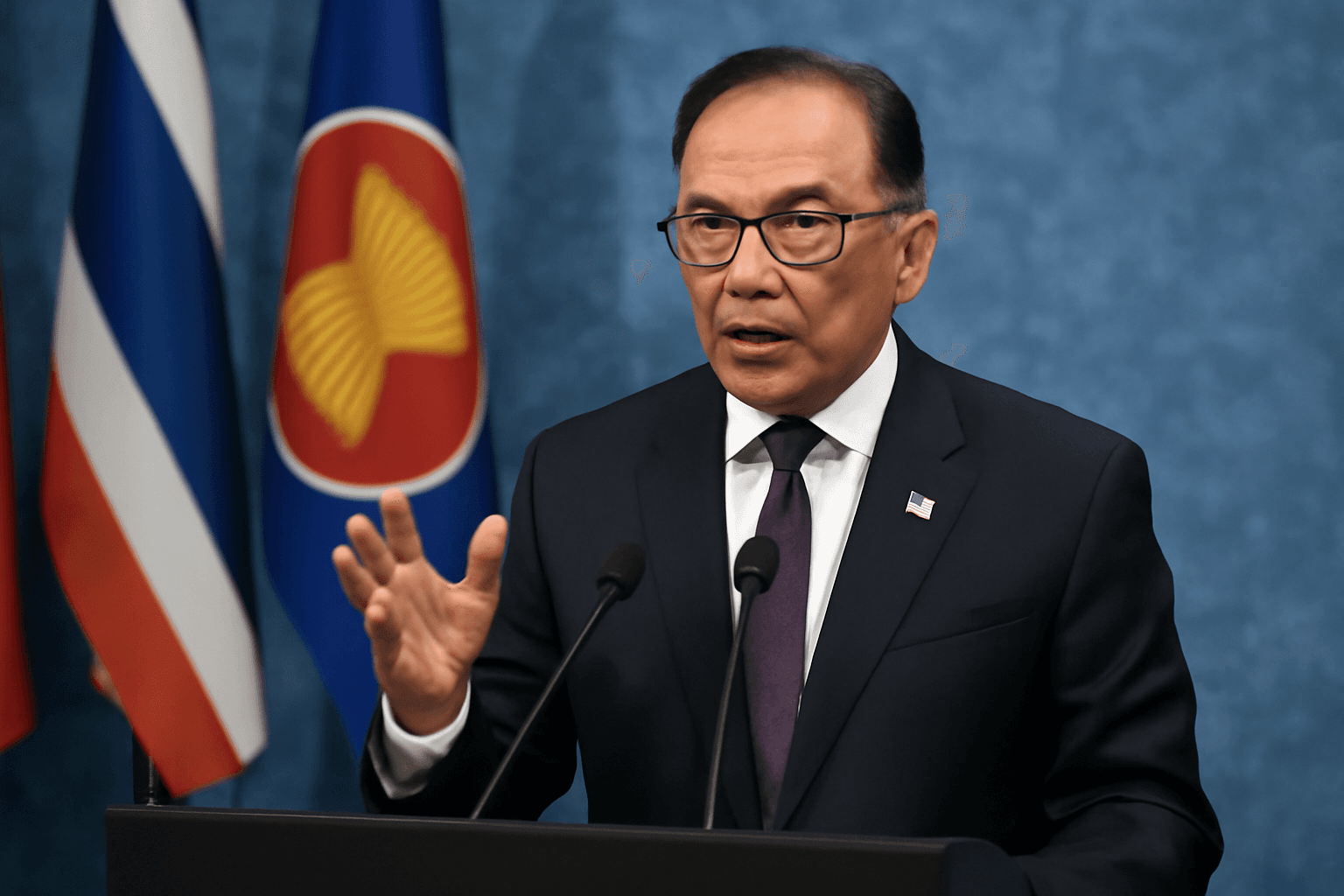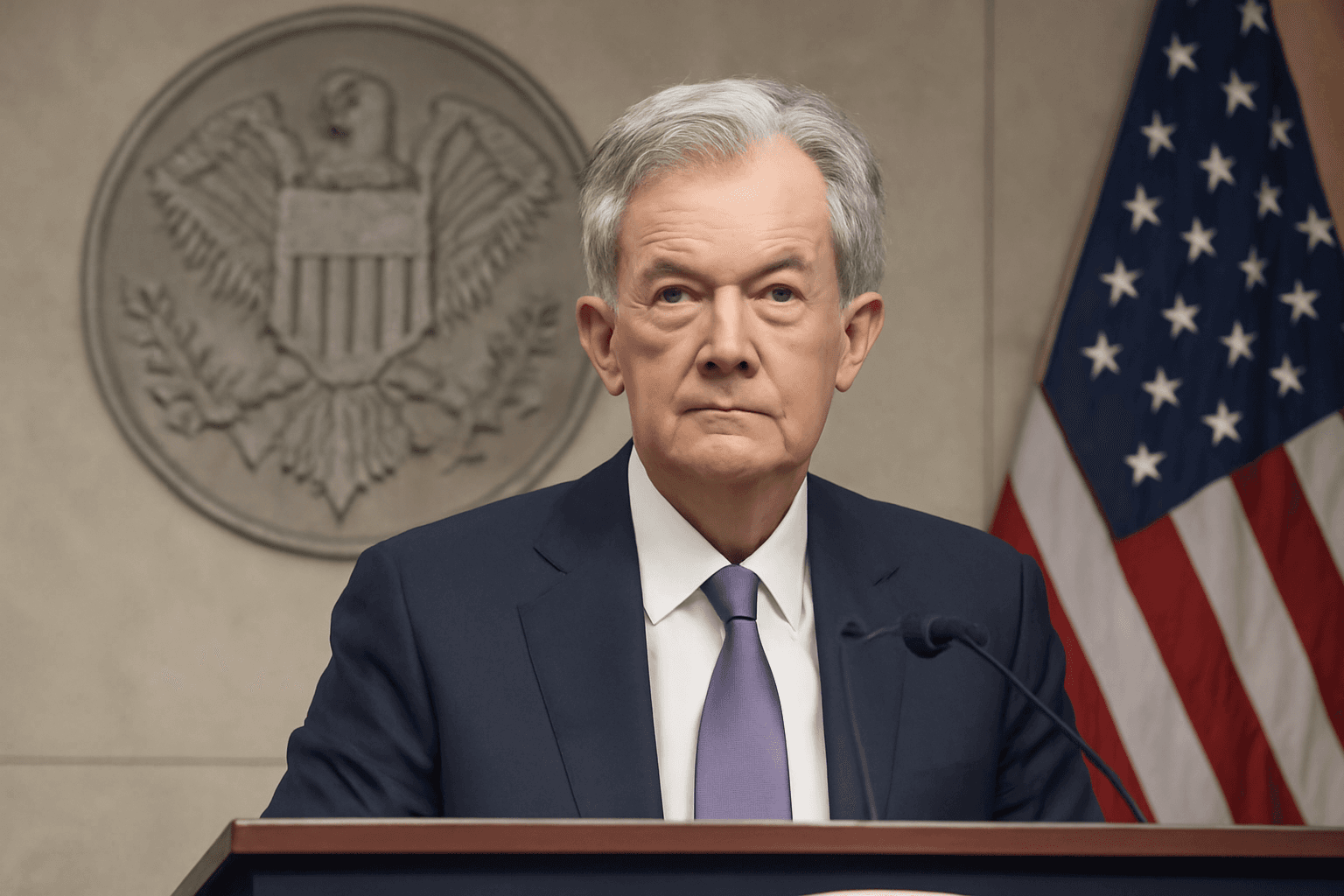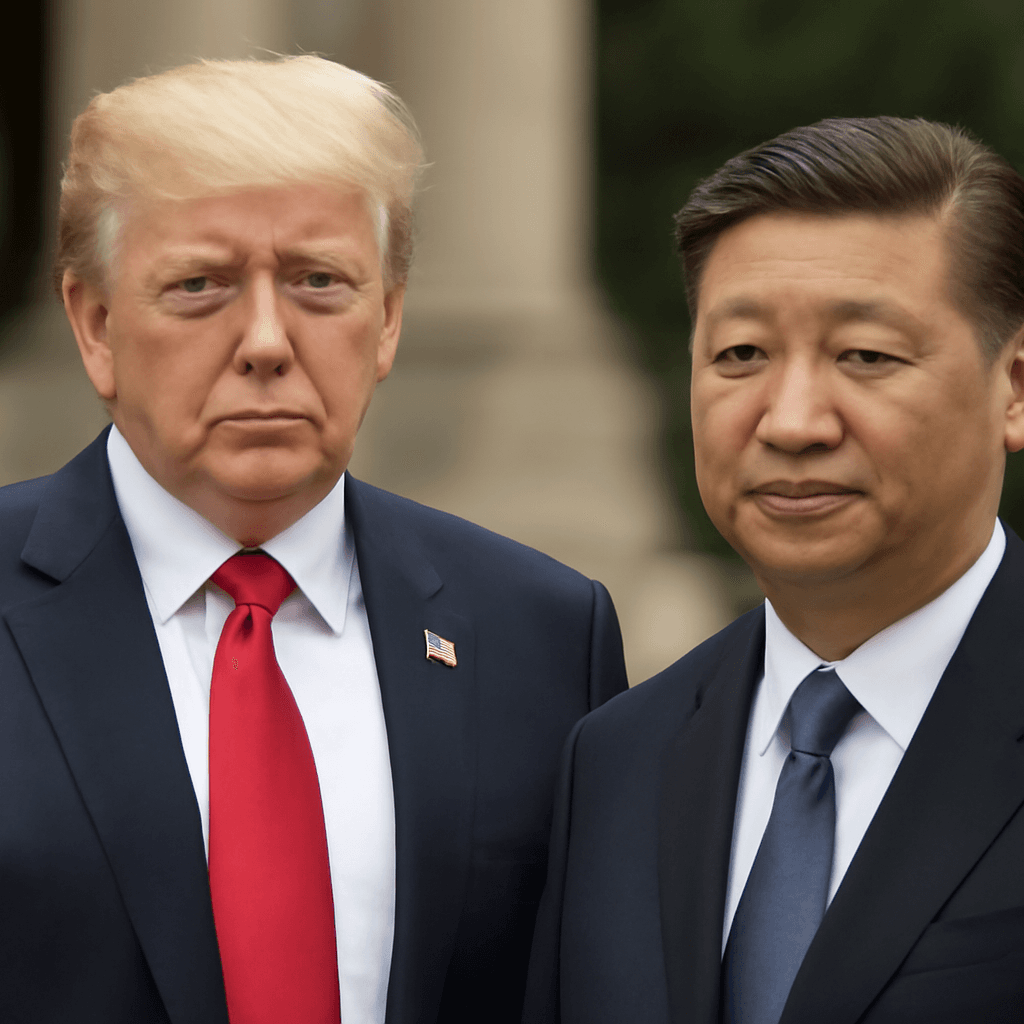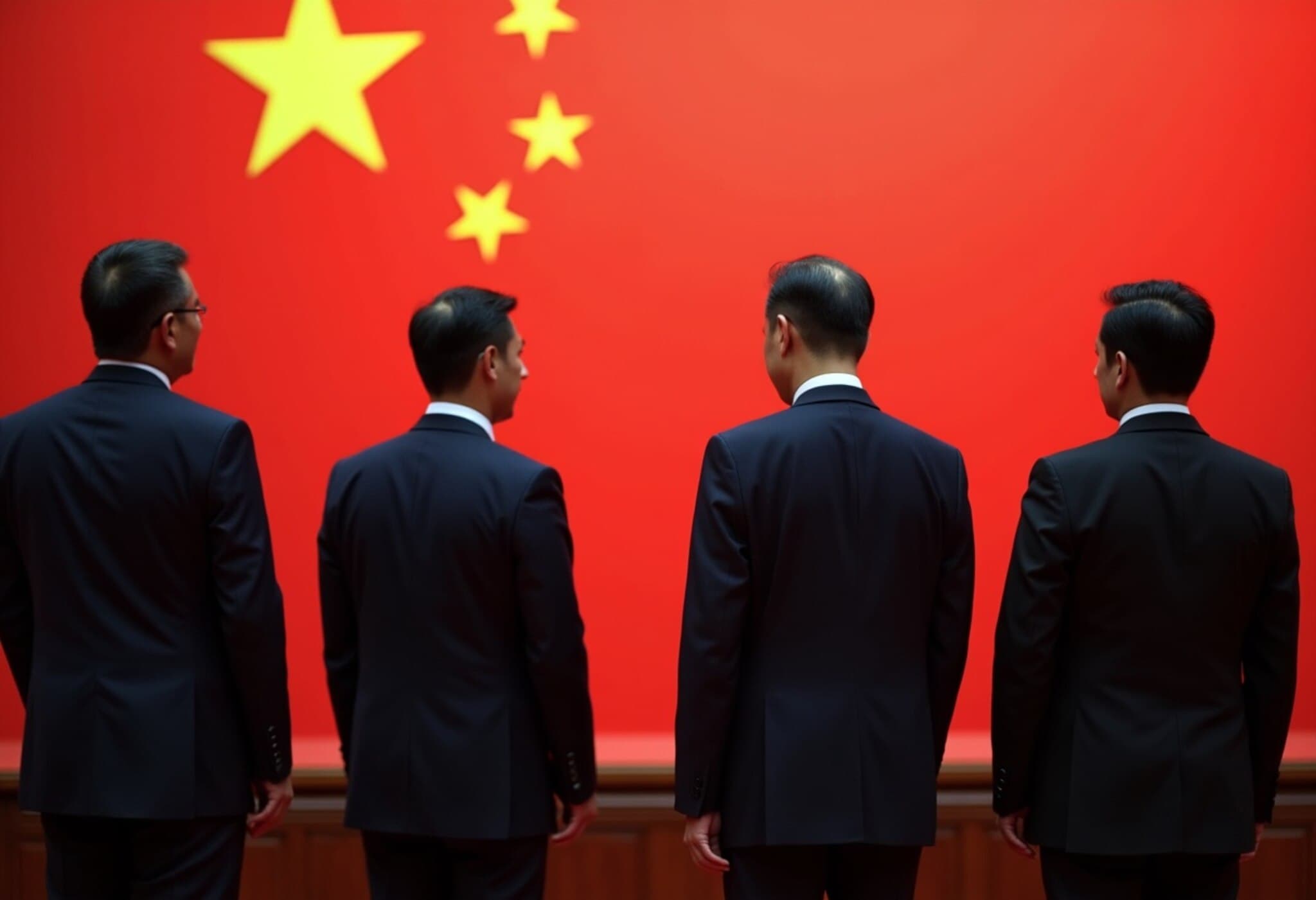Understanding the True Impact of Trump's Tariffs on the American Economy
Despite repeated claims by former US President Donald Trump that foreign countries shoulder the burden of tariffs imposed by the United States, economic evidence tells a different story. The reality is that American companies and consumers bear the brunt of these taxes—whether directly or indirectly. This nuanced truth is increasingly visible in corporate financial losses, rising consumer prices, and the broader economic landscape.
How Tariffs Work and Who Pays
Tariffs are taxes levied on imported goods. For instance, a 35% tariff on Chinese products means that importers in the US must pay an additional 35% of the goods’ value to the government. While it might seem like a burden on foreign exporters, these costs usually trickle down to American businesses and ultimately to consumers.
American Companies Feeling the Heat
Several prominent US companies have publicly acknowledged the financial strain caused by tariffs. General Motors (GM), a household name in American manufacturing, reported a staggering 35% profit decline in the second quarter, attributing a $1.1 billion loss directly to tariffs. Similarly, Stellantis, owner of brands like Jeep and Fiat, projected tariff-induced losses exceeding $1 billion for the full year.
Technology giants including Apple, Nvidia, Tesla, Alphabet (Google’s parent), Amazon, and Meta have also experienced market value declines linked to trade tensions and tariff costs. Notably, even defense contractors like Raytheon Technologies adjusted their financial targets downward due to increased supply chain expenses.
Economists Weigh in: Consumers Will Ultimately Pay
Analysts from Deutsche Bank emphasize that the myth of foreign countries paying tariffs does not hold. Their research concluded that:
- Foreign exporters have yet to absorb significant pain, which bolsters their negotiating stance ahead of trade deadlines.
- US consumer prices are likely to rise as businesses pass on increasing import costs.
- Tariffs add a negative dimension to America’s macroeconomic outlook, exerting pressure on both companies and households.
Trump’s Tariff Rationale Under Scrutiny
The administration’s justifications for tariffs included correcting "unfair trade practices" by other countries and stimulating domestic manufacturing. However, these claims often misinterpret the complexities of global supply chains. Modern manufacturing depends heavily on imported components, including critical inputs like rare earth elements—areas where China holds a significant global monopoly. Tariffs complicate sourcing and can limit the intended boost to US industries.
Broader Economic Implications
President Trump initially targeted a monumental $6 trillion in tariff revenue; however, actual collections have only surpassed the $100 billion mark to date. This discrepancy highlights not only the limits of tariff revenue generation but also the unintended consequences warping trade dynamics and business operations.
Implications for Policy and Future Trade Negotiations
This scenario raises pressing questions for US policymakers: How sustainable are protectionist policies in an interconnected global economy? Will tariff strategies achieve their intended goals without undue harm to American consumers and businesses? As the US contemplates future trade policies, balancing national economic interests with realistic trade practices will be essential.
Expert Insight
Trade policy expert Dr. Emily Richards notes, "Tariffs can serve as a tool for addressing unfair trade, but when misapplied or overused, they risk becoming a tax on domestic consumers and companies. Modern supply chains are complex ecosystems; policies must reflect that complexity to avoid unintended economic damage."
Conclusion
The evidence is clear: contrary to political rhetoric, American companies and consumers absorb most of the costs associated with tariffs. Recognizing this reality is crucial for informed public discourse and sound policymaking, especially as trade tensions continue to shape the economic horizon.
The debate over tariffs transcends politics—it's a question about economic fundamentals affecting everyday Americans. As trade policies evolve, we must critically evaluate who truly pays the price. Readers are encouraged to consider the complex interplay between trade protectionism, global supply chains, and consumer welfare when engaging with this ongoing issue.

